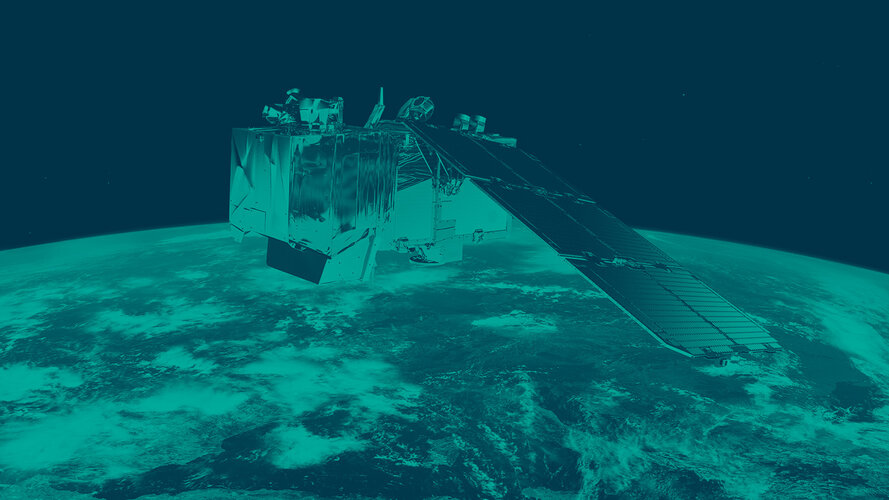Island love
With Valentine’s Day around the corner, we will soon be expressing our love to those nearest and dearest – and maybe that can include our beautiful home planet, after all it needs all the love and care it can get.
Satellite’s orbiting high above primarily deliver critical information to understand how Earth works, monitor how it is changing and also to make our daily lives easier through the myriad of practical applications that rely on satellite data. But images captured from space can also serve as a reminder of Earth’s beauty and, indeed, how fragile it is.
The well-known phrase beauty is in the eye of the beholder means that the perception of beauty is subjective, and with us all ‘beholders’ of our planet – we can all marvel at Earth’s splendor through images from space.
So with Valentine’s Day in mind, we bring you this Copernicus Sentinel-2 image which captures the beauty of the little heart-shaped island of Moorea in the South Pacific.
Moorea is the second largest island in the French Polynesia’s Society Archipelago, about 20 km northwest of Tahiti, the largest island. Moorea is part of a chain of islands formed by hot-spot volcanism. This means that volcanoes are created by ‘fixed’ hot areas in Earth’s mantle. Because of plate tectonics, the plate gradually moves away from over the hotspot, carrying a volcano with it while a new volcanoes form in a chain behind.
These kinds of islands are constantly changing, eroding and sinking back into the ocean over millions of years. However, changes are taking place at a much faster rate because of the marks human activity leaves on the natural landscape and because of climate change.
Moorea is a high island – rugged and mountainous with fertile soils. The image has not only been processed in red for Valentine’s Day, but the processing uses red to highlight vegetation.
Moorea’s lush vegetation is one of the qualities that gives the island its beautiful tropical appearance. However, the island’s vegetation has changed dramatically as human have shaped it for their uses over the 1200 years or so since it was first inhabited.
The island is surround by coral reef. Coral reefs are among the most fragile ecosystems in the world, threatened by fishing and pollution, and rising temperatures, which are linked to ocean acidification – a coral killer. Thankfully, Moorea’s reef is still relatively pristine and is home to an abundance of reef fish and corals that are high in diversity, indicating the robust condition of the ecosystem. However, runoff from agriculture, other pollution, ocean plastics and warming seas remain a threat.
We send our love for Valentine’s, and for that matter every other day of the year, to our beautiful planet Earth.















 Germany
Germany
 Austria
Austria
 Belgium
Belgium
 Denmark
Denmark
 Spain
Spain
 Estonia
Estonia
 Finland
Finland
 France
France
 Greece
Greece
 Hungary
Hungary
 Ireland
Ireland
 Italy
Italy
 Luxembourg
Luxembourg
 Norway
Norway
 The Netherlands
The Netherlands
 Poland
Poland
 Portugal
Portugal
 Czechia
Czechia
 Romania
Romania
 United Kingdom
United Kingdom
 Slovenia
Slovenia
 Sweden
Sweden
 Switzerland
Switzerland



























